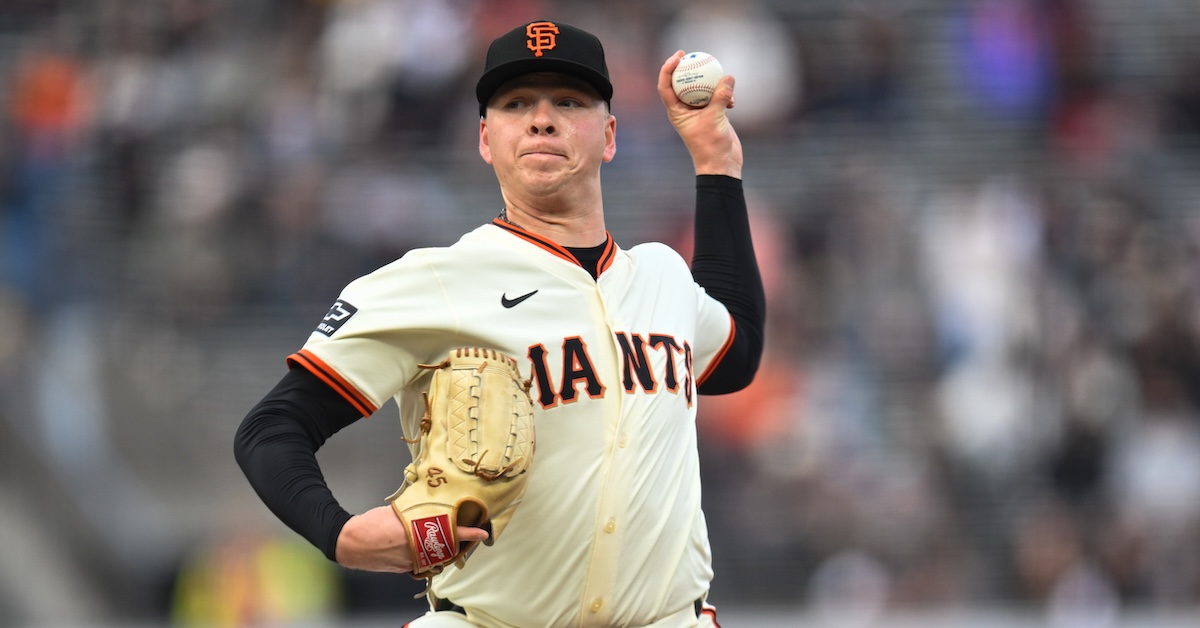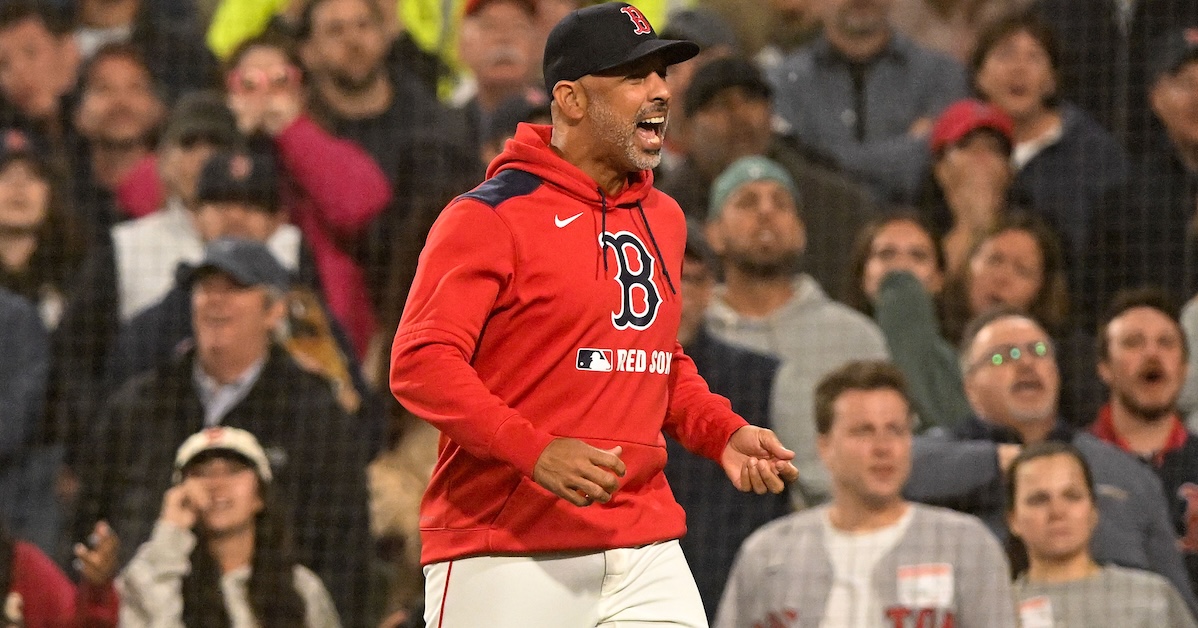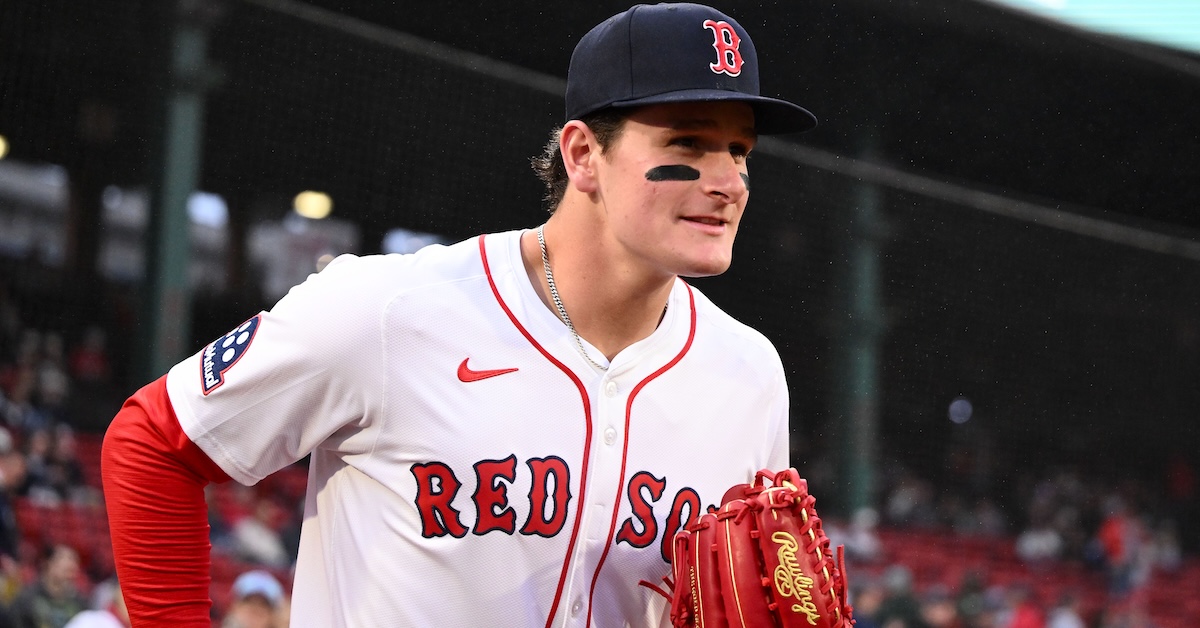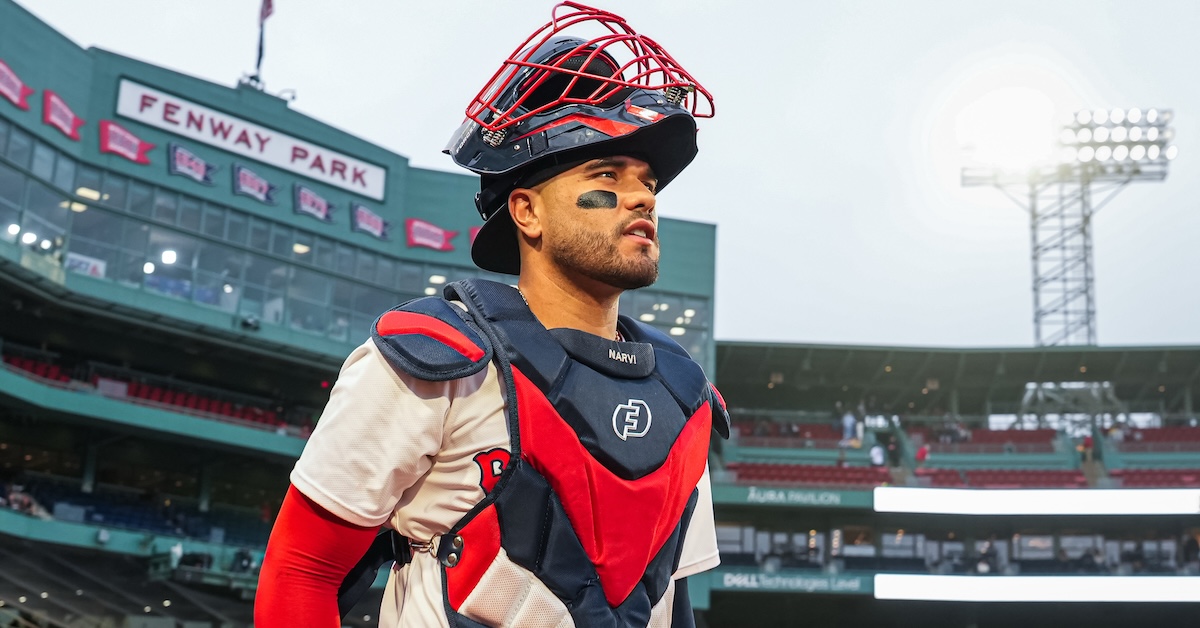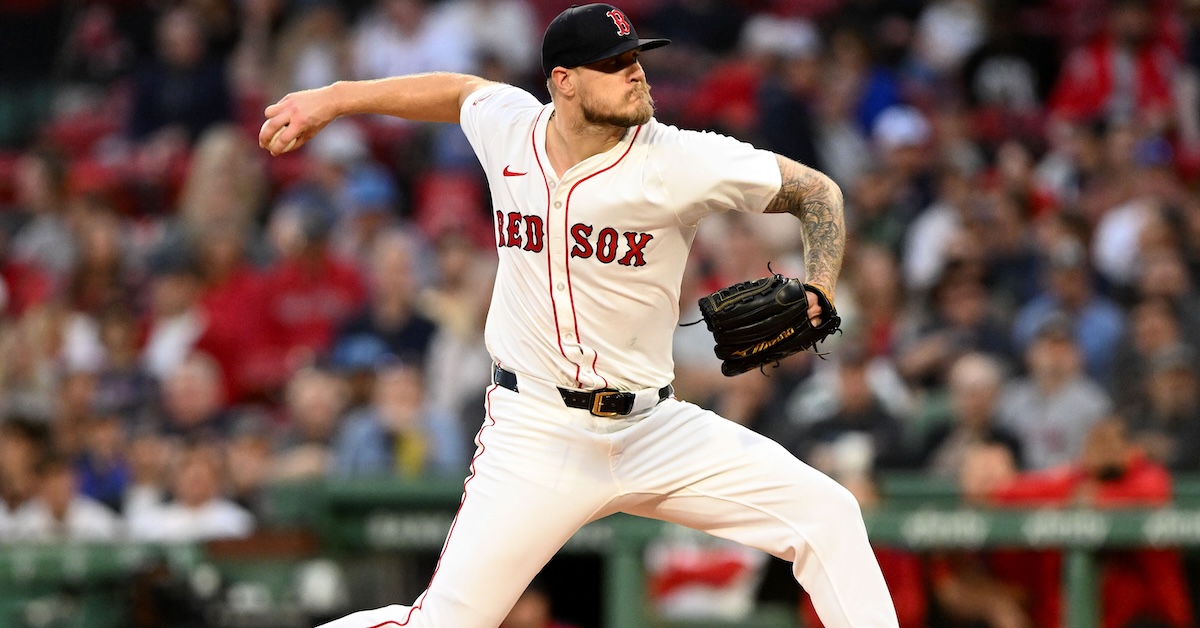Backend/API Engineer
Location: Boston, MA
Status: Full-Time / On-Site
DEPARTMENT OVERVIEW:
Members of the Baseball Systems team at the Boston Red Sox are focused on designing, building, and refining the software and data pipelines used within Baseball Operations. These tools and applications are an integral part of the decision-making process, are directly integrated in the workflows of all departments within Baseball Operations, and provide an efficient, consistent, and accessible experience when interacting with our internal data sources and applications.
POSITION OVERVIEW:
We are seeking a skilled and motivated API Engineer to join our dynamic Systems team. This is a brand-new role critical to our evolving architecture. You will be instrumental in designing, developing, and managing our API ecosystem, acting as the subject matter expert for our Hasura GraphQL engine and driving the development of our new serverless API layer using Azure Functions and Python. If you thrive on building efficient data access layers, designing scalable serverless solutions, and shaping API strategy, this is an exciting opportunity for you.
RESPONSIBILITIES:
- GraphQL Subject Matter Expert (SME):
- Act as the primary technical expert for our GraphQL engine deployment.
- Define and evangelize best practices for GraphQL schema design, permissions, actions, and remote schemas within GraphQL Server.
- Collaborate with development teams on integrating applications with GraphQL Server.
- Azure Function API Development & Roadmap:
- Lead the design, architecture, and development of new APIs using Azure Functions, primarily in Python, but occasionally running R in Docker, to handle high-compute tasks and serve complex data.
- Implement robust error handling, logging, and monitoring for Azure Function APIs.
- Integrate Azure Functions with various data sources (databases, other APIs, event streams) and internal systems.
- General API Management:
- Collaborate closely with front-end developers, data engineers, and SRE/DevOps to understand requirements and deliver effective API solutions.
- Develop unit and integration tests for APIs to ensure reliability and correctness.
- Monitor API performance and usage, identifying bottlenecks and implementing optimizations.
COMPETENCIES:
- [3-5]+ years of professional experience in software development, with a strong focus on backend systems and API development.
- Proven, hands-on experience designing, building, deploying, and maintaining APIs (RESTful required, GraphQL strongly preferred).
- Strong proficiency in Python programming, including experience with relevant libraries for web frameworks/APIs (e.g., Flask, FastAPI) and data handling.
- Demonstrable experience developing and deploying serverless applications using cloud platforms, specifically Microsoft Azure Functions.
- Experience working with relational databases (e.g., PostgreSQL, SQL Server) and understanding of data modeling concepts.
ADDITIONAL QUALIFICATIONS:
- Experience with version control systems (e.g., Git) and CI/CD concepts.
- Solid understanding of API security principles (Authentication, Authorization, etc).
- Excellent analytical and problem-solving skills.
- Strong communication and collaboration abilities.
- A passion for learning new technologies and a strong work ethic.
- Experience with Agile development methodologies (Scrum, Kanban).
- Experience with cloud platforms (AWS, GCP, Azure).
In addition to the above requirements, all roles within Baseball Operations are expected to effectively demonstrate our universal competencies related to problem solving, teamwork, clarity of communication, and time management, along with embodying our culture of honesty, humility, relentlessness, and commitment to DEIB.
To Apply:
To apply, please follow this link.
The content in this posting was created and provided solely by the Boston Red Sox.
